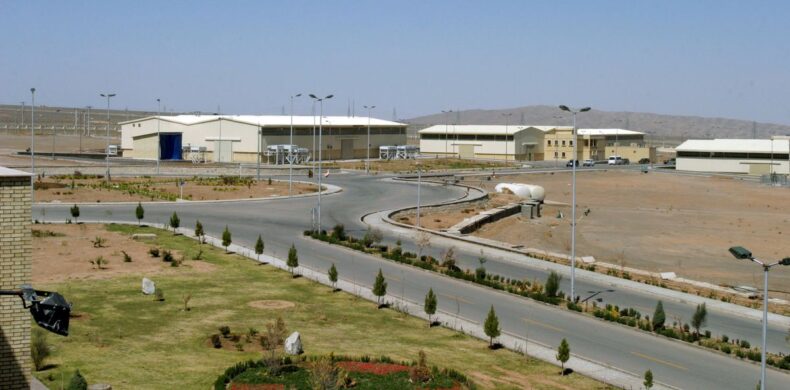The IAEA justified its report and conveyed that it had reprehensions regarding undeclared nuclear material previously found at three Iranian sites.
Iran called the IAEA report unfair which discussed the presence of nuclear materials at three sites. The U.N. watchdog has replied that Iran has not been able to give satisfying answers about the origin of nuclear material found at three undeclared sites. According to the IAEA Iran’s stockpile of enriched uranium had grown to more than 18 times the limit laid down in the 2015 agreement.
An IAEA report suggests that on 15 May 2022, Iran possessed 3,809.3 kilograms of the enriched stockpile. 2015 agreement limited the permitted quantity of 300 kg of a specific compound, the equivalent of 202.8 kg of uranium. It also suggested that Iran is enriching uranium at higher levels than permitted.
Iran’s foreign ministry spokesperson Saeed Khatibzadeh has come out in the defence and alleged that this report does not represent the real picture of the talks held between Iran and the IAEA. According to him this report was unfair and unnecessarily targeted the Iran regime due to Zionist pressure and they wanted a fair treatment instead of the political involvements of other powers.
Next week IAEA is scheduled to hold a Board of Governors meeting and the way western powers deal with Tehran is going to set the tone for the future.

France’s deputy foreign ministry spokesman Francois Delmas told reporters that we call on Iran to respond to IAEA apprehensions as soon as possible and respect the agreement. However, he also said that we are in close talks with our partners to discuss this at the meeting. So far western powers have abstained from completely admonishing Iran, fearing that it may derail the talks. It would be interesting to what approach western powers adopt regarding Iran.
What was the 2015 agreement?
It is known by the name Joint Comprehensive Plan of Action. It was an accord reached between Iran and the world powers, including the United States in July 2015. As per the agreement, Iran had to dismantle most of its nuclear programme and open its nuclear facilities for extensive inspection by IAEA and major powers were to relieve Iran from sanctions in reciprocal action.
This deal was to prevent Iran from developing nuclear weapons and thereby reducing the chances of conflict in a conflict-ridden middle east. Israel possesses nuclear weapons which is an arch-enemy of Iran. Thus, to counter Israel and establish its supremacy in the region, Iran had started its nuclear programme.
Donald Trump the former president of the United States pulled out of the agreement unilaterally in 2018 and reimposed the sanctions on Iran.
Since the new president Joe Biden has come to power, efforts are being made to bring Iran under the agreement. Negotiations are being held for months. One of the demands of Iran which got rejected by Washington was that the Islamic Revolutionary Guard Corps, which is the ideological arm of the military, should be removed from the terrorism blacklist.
News of an old event is circulating again where Iran manipulated IAEA to hide its nuclear material during the 2000s. This information has been released by Israel, based on some documents that Mossad stole in 2018. This event is being used against Iran to prove that Iran may manipulate IAEA again.
Iran, nuclear power and the world:
The world powers have monopolized the area of nuclear weapons and they have been trying to stop new countries to develop nuclear weapons. It is considered that a volatile nation having nuclear weapons, may put world security in danger.
Iran has given the rationale that Israel which is an arch-enemy, has nuclear weapons and Iran must develop nuclear weapons to strike the strategic balance.
Thus, it can be said that nuclear weapons are a necessary risk because until some countries have nuclear weapons, other countries are going to feel threatened. The world needs total denuclearization and the superpowers come forward and set an example.
Edited By : Aaradhana Singh
Read More : “No Critical Safety Impact”, IAEA on Chernobyl Plant Power Cut













